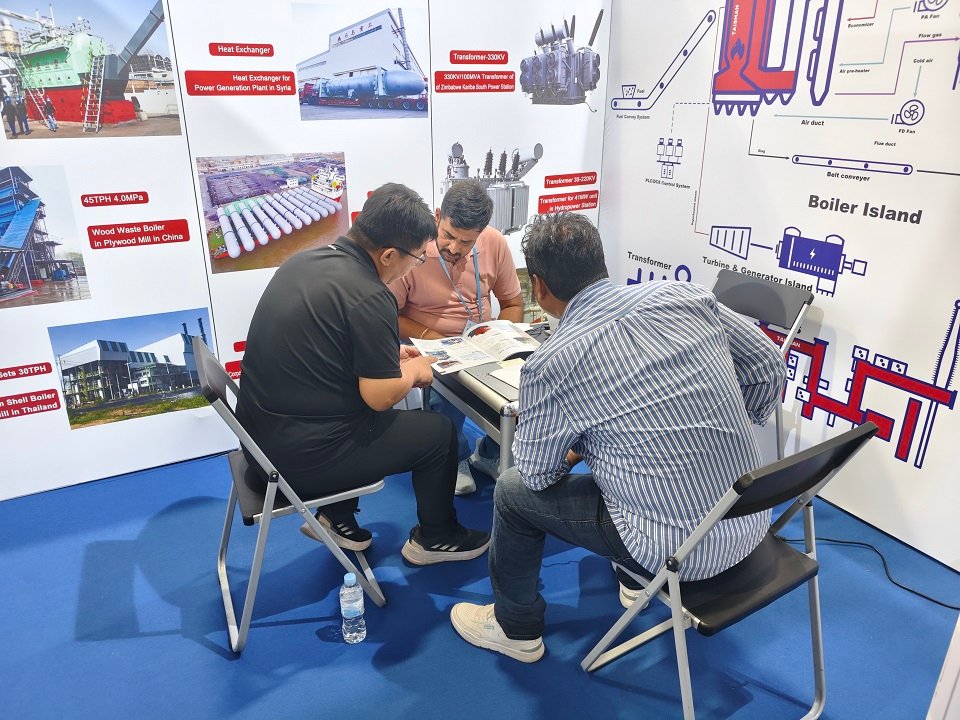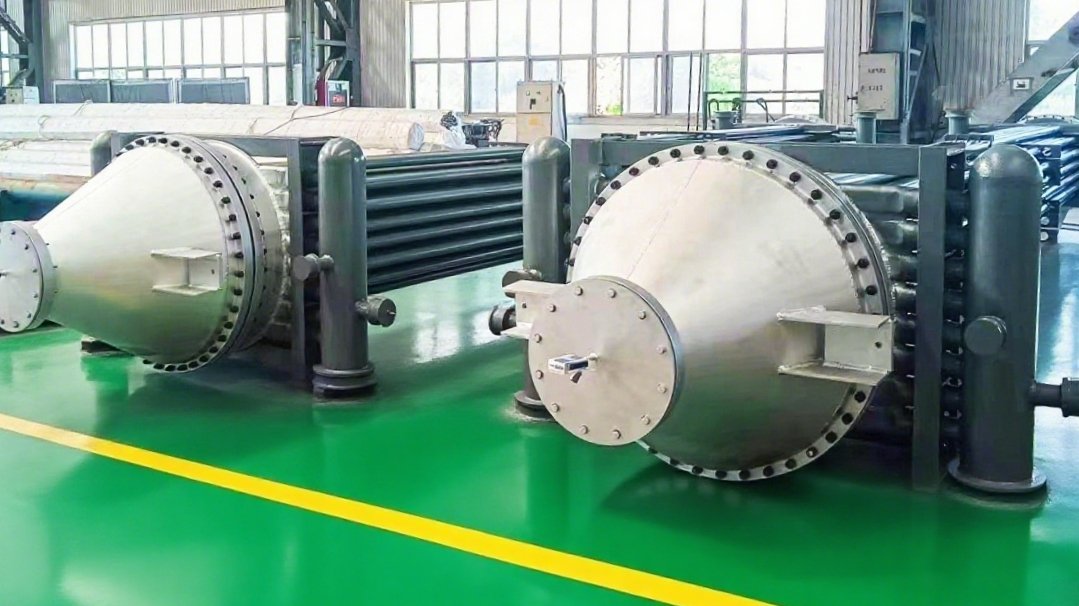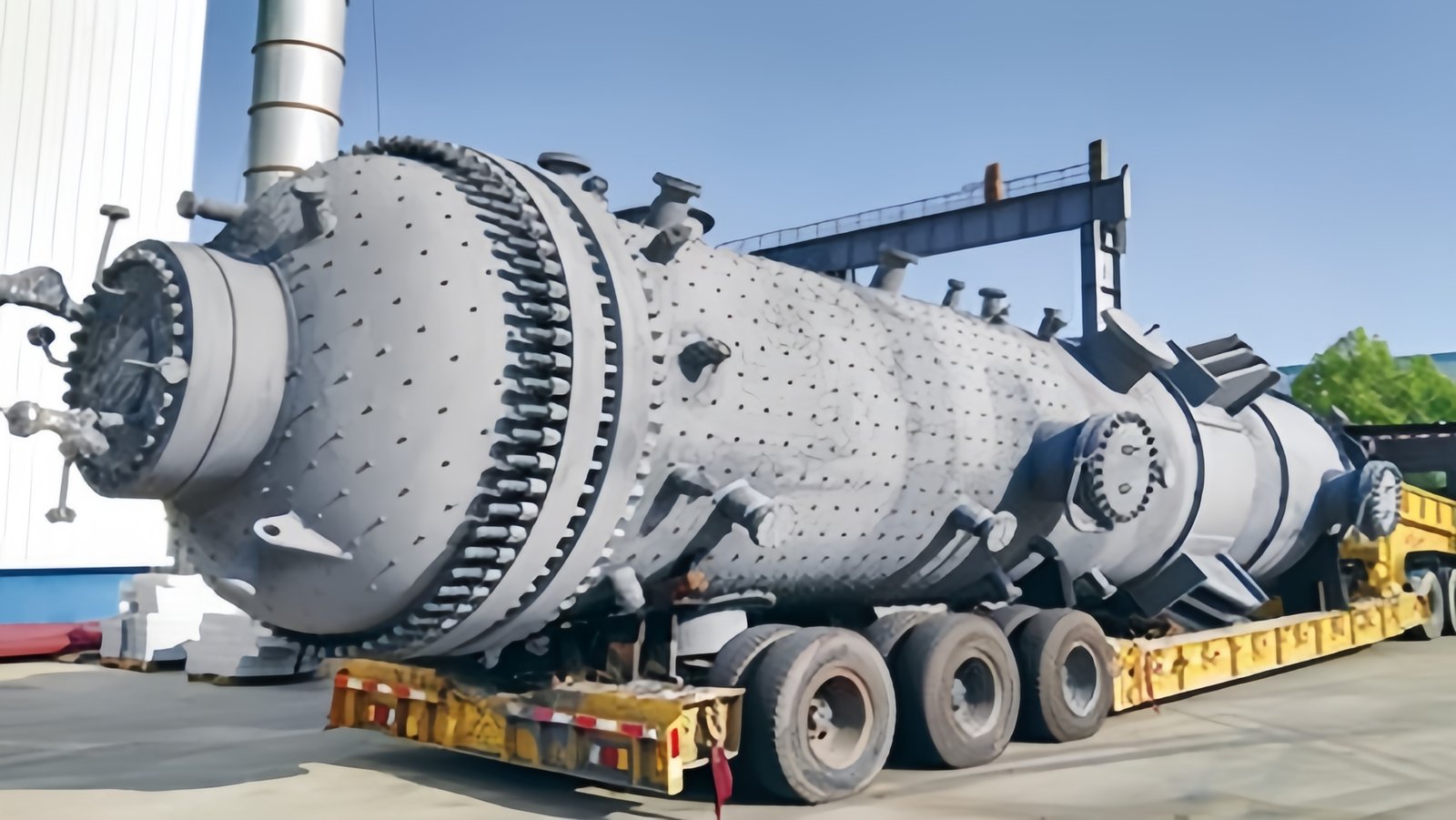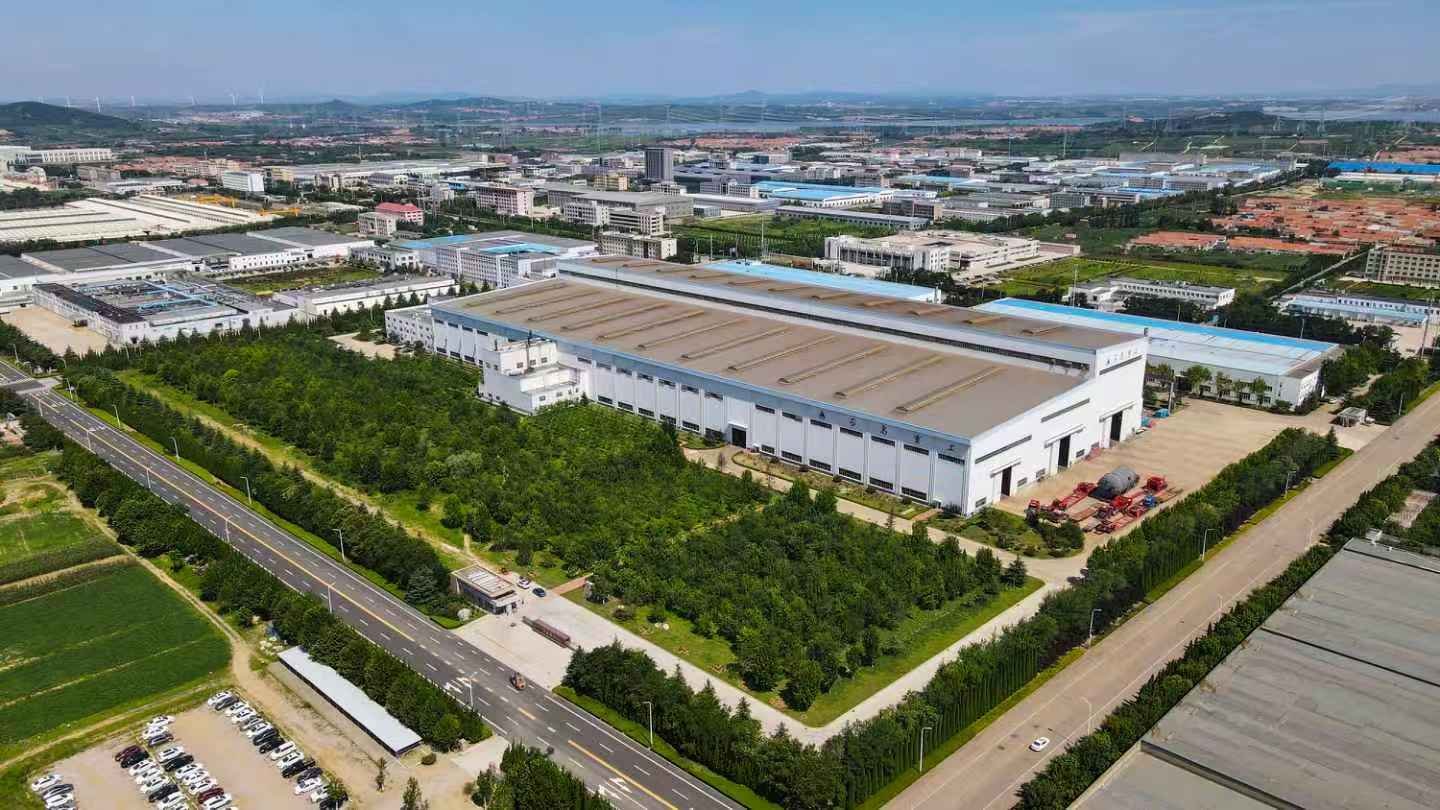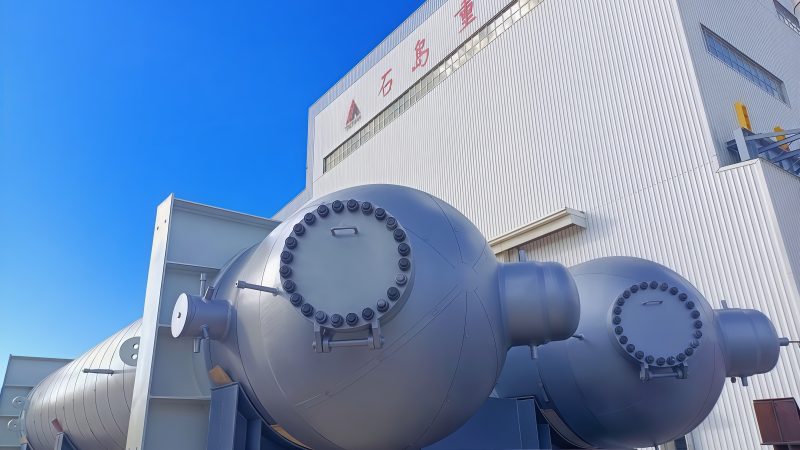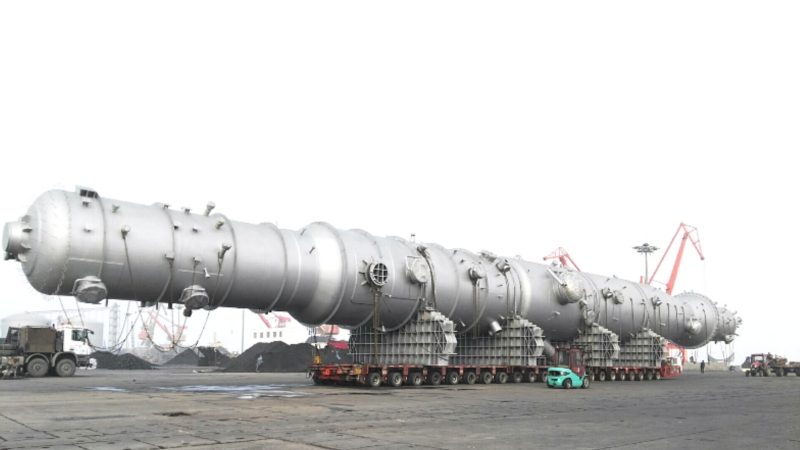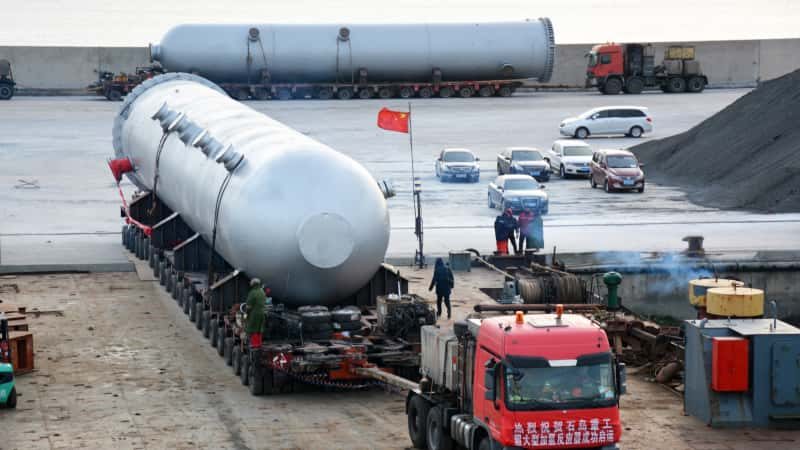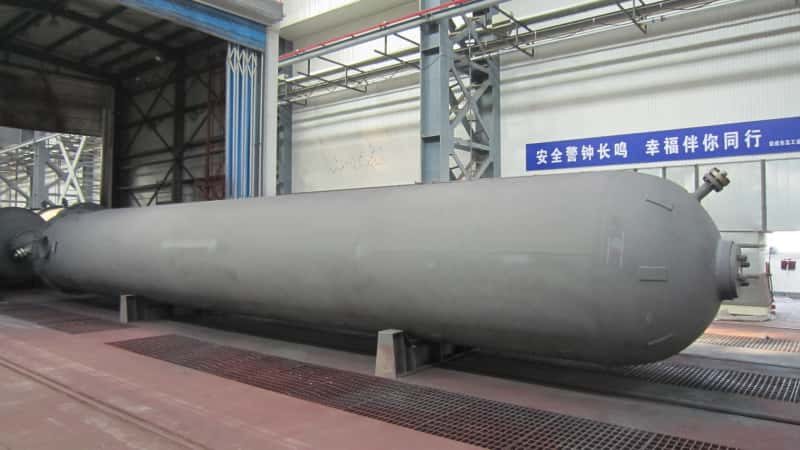Selecting a heat exchanger may seem straightforward at first glance—just match it to your heating or cooling needs—but in reality, it’s a highly technical process. Choosing incorrectly can result in severe efficiency losses, system instability, high operational costs, or even mechanical failure. For example, a mismatch in flow rate or heat transfer area can lead to excessive pressure drops, overheating, or fouling. To prevent such costly consequences, engineers must analyze several critical technical parameters before purchase, ensuring the equipment aligns perfectly with process conditions, materials, and long-term performance expectations.
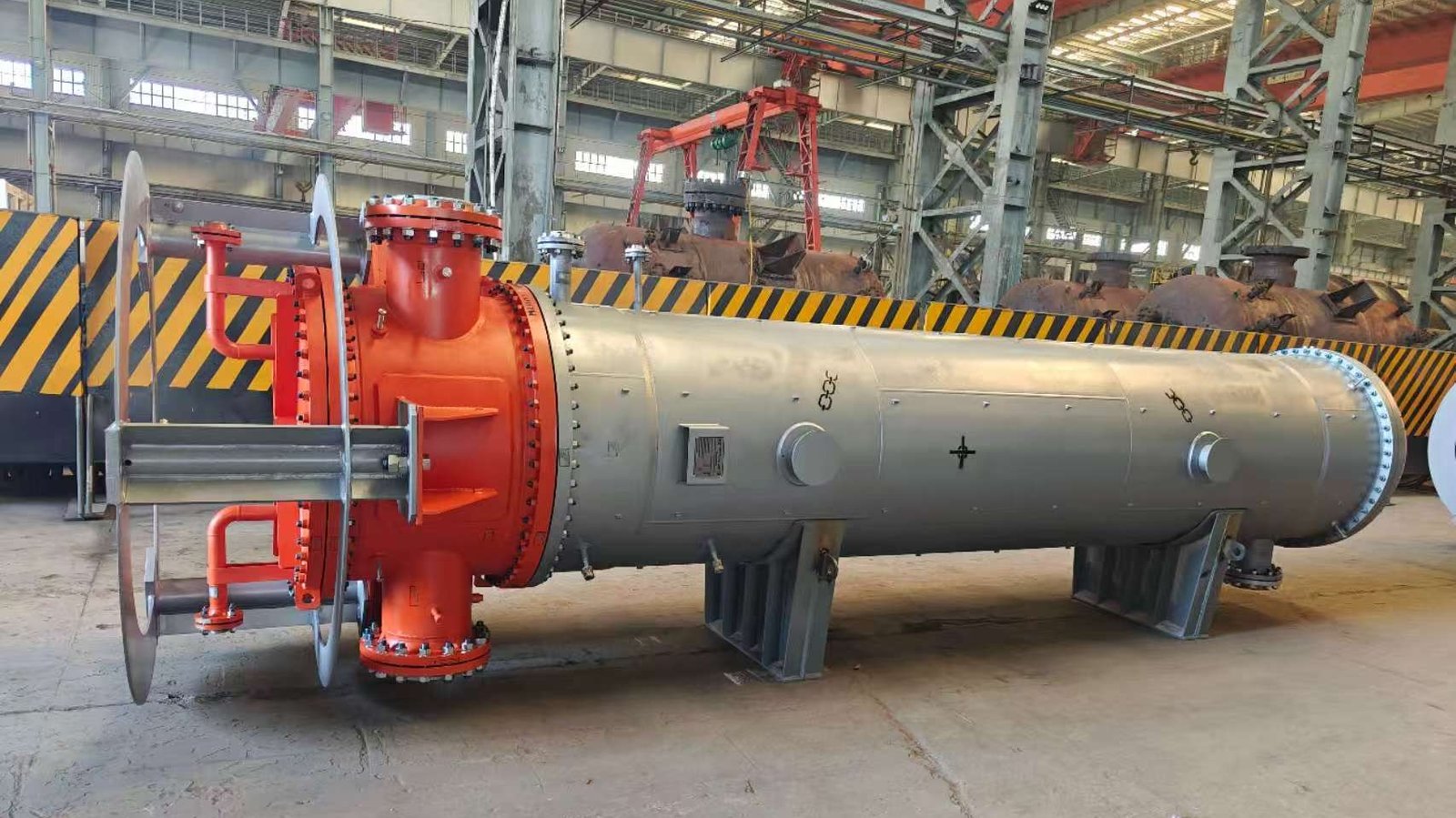
The most important technical parameters when selecting a heat exchanger are heat transfer capacity, flow rate, pressure drop, temperature approach, heat transfer area, material compatibility, and fouling resistance. These parameters determine the exchanger’s thermal efficiency, durability, and operational cost. Proper balance among these factors ensures optimal performance, energy savings, and long-term reliability in the intended industrial or HVAC application.
Understanding these parameters is the foundation for efficient system design. However, engineers and procurement specialists must go beyond definitions—they need to know how these parameters interact in real-world operation. Let’s explore each parameter in depth, supported by data, equations, and design comparisons, to guide you in selecting the optimal heat exchanger for your needs.
The most critical factor in heat exchanger selection is only the heat capacity.ЛОЖЬ
While heat capacity is vital, parameters such as flow rate, pressure drop, and material compatibility equally affect performance and lifecycle efficiency.
Heat Transfer Capacity (Q): The Core Functionality
The heat transfer capacity defines how much thermal energy a heat exchanger can transfer per unit time, usually expressed in kilowatts (kW) or BTU/hr. It depends on three main variables: overall heat transfer coefficient (U), heat transfer area (A), and the log mean temperature difference (ΔTlm). The general equation is:
Q = U × A × ΔTlm
Each of these factors can drastically influence design:
- U (W/m²·K): Depends on the material, fluid properties, and flow regime.
- A (m²): Determined by surface design—plate, fin, or tube arrangement.
- ΔTlm (°C): Represents the effective temperature driving force between fluids.
| Параметр | Типичный диапазон | Impact on Design | Optimization Strategy |
|---|---|---|---|
| U (overall coefficient) | 100–10,000 W/m²·K | Defines efficiency | Choose high-conductivity materials and turbulent flow |
| A (surface area) | 0.5–5000 m² | Affects size and cost | Optimize plate/tube configuration |
| ΔTlm | 5–50 °C | Influences compactness | Reduce by counterflow arrangements |
High-efficiency exchangers use counterflow or crossflow layouts to maximize ΔTlm. Designers must balance capacity and cost—larger surface area increases Q but raises footprint and manufacturing expense.
Increasing surface area always improves heat exchanger efficiency.ЛОЖЬ
While larger surface area enhances heat transfer, it may also increase pressure drop and cost, so optimization is essential.
Flow Rate and Fluid Velocity: Balancing Efficiency and Pressure Loss
Fluid flow rates directly affect both thermal performance and pressure drop. The rate of flow determines the heat exchanger’s Reynolds number (Re), influencing turbulence and therefore the heat transfer coefficient.
| Flow Regime | Reynolds Number (Re) | Effect on Heat Transfer | Примечание к проекту |
|---|---|---|---|
| Laminar | Re < 2300 | Low heat transfer, minimal drop | Avoid in compact exchangers |
| Transitional | 2300 < Re < 4000 | Moderate efficiency | Sensitive to fouling |
| Turbulent | Re > 4000 | High heat transfer, higher pressure loss | Preferred for efficiency |
For liquid-to-liquid systems, typical design velocities are:
- Water: 1–3 m/s
- Oil: 0.3–1 m/s
- Steam: 10–25 m/s
Maintaining balanced flow is crucial. Uneven flow distribution can create dead zones, leading to fouling and reduced performance.
Higher flow rate always improves heat exchanger performance.ЛОЖЬ
Excessive flow increases pressure drop and pumping cost, reducing overall system efficiency.
Pressure Drop: The Energy Efficiency Factor
Pressure drop (ΔP) represents resistance to flow within the exchanger. While turbulence aids heat transfer, it also increases friction losses. For most systems, acceptable pressure drops are:
- Liquid side: 30–100 kPa
- Gas side: 5–20 kPa
| Параметр | Low ΔP Design | High ΔP Design | Consequence |
|---|---|---|---|
| Energy Efficiency | Высокий | Низкий | Higher pumping cost |
| Heat Transfer | Умеренный | Высокий | Greater turbulence |
| Обслуживание | Низкий | Высокий | Possible erosion issues |
Designers often use computational fluid dynamics (CFD) simulations to predict ΔP before fabrication. Plate heat exchangers, for example, are efficient but prone to higher pressure drops compared to shell-and-tube types.
Pressure drop should always be minimized in a heat exchanger.ЛОЖЬ
While low pressure drop reduces pumping cost, too low a value may indicate poor turbulence and inadequate heat transfer.
Temperature Approach and Effectiveness
Temperature approach refers to the minimum temperature difference between the hot and cold outlet streams. A smaller approach means better utilization of available temperature but requires a larger surface area.
| Temperature Approach | Типичный диапазон | Эффективность | Design Implication |
|---|---|---|---|
| 1–3 °C | Очень высокий | Отличный | Requires large area |
| 4–10 °C | Умеренный | Balanced | Optimal for most applications |
| >10 °C | Низкий | Inefficient | Compact but less effective |
The effectiveness (ε) of a heat exchanger is defined as the ratio of actual to maximum possible heat transfer.
ε = Q_actual / Q_max
Values above 0.85 are considered high-performance.
A lower temperature approach always results in a better exchanger design.ЛОЖЬ
Extremely low temperature approaches require impractically large and costly exchangers, reducing cost efficiency.
Material Compatibility and Corrosion Resistance
Material selection affects both longevity and performance. The working environment, fluid type, and operating temperature dictate the suitable material.
| Материал | Thermal Conductivity (W/m·K) | Коррозионная стойкость | Расходы | Common Use |
|---|---|---|---|---|
| Copper | 385 | Умеренный | Высокий | HVAC, domestic systems |
| Нержавеющая сталь | 16 | Отличный | Умеренный | Food, pharma, oil & gas |
| Титан | 22 | Excellent (sea/brine) | Очень высокий | Marine, desalination |
| Углеродистая сталь | 45 | Бедный | Низкий | Industrial water systems |
In corrosive applications (e.g., seawater or acids), titanium or duplex stainless steel may be required despite higher cost, ensuring longevity and safety.
Fouling Resistance and Maintenance Requirements
Fouling—the accumulation of deposits on heat transfer surfaces—reduces efficiency and increases operational costs. Selecting designs and materials that minimize fouling can drastically improve lifecycle performance.
| Fouling Factor (m²·K/W) | Severity | Typical Fluid | Решение |
|---|---|---|---|
| <0.0001 | Низкий | Clean water, glycol | Standard design |
| 0.0002–0.001 | Умеренный | Industrial cooling | Periodic cleaning |
| >0.001 | Высокий | Oil, wastewater | Larger area or removable plates |
Self-cleaning plate designs, turbulence-enhanced patterns, and chemical coatings (e.g., PTFE) can extend maintenance intervals.
Fouling can be completely eliminated through design.ЛОЖЬ
Design improvements can reduce fouling but cannot completely eliminate it; regular maintenance remains essential.
Real-World Example: Industrial Heat Recovery System
A chemical processing plant using a shell-and-tube exchanger for waste heat recovery achieved a 25% efficiency increase by upgrading from carbon steel to stainless steel and optimizing flow distribution. The pressure drop rose from 40 to 55 kPa, but pumping cost increased by only 2%, while thermal efficiency improved by 18%.
Заключение
Choosing the right heat exchanger involves balancing interdependent parameters: capacity, flow rate, pressure drop, temperature approach, and material selection. Ignoring any of these can lead to suboptimal performance or equipment failure. Proper data-driven design ensures both efficiency and durability.
Призыв к действию
If you need professional consultation or custom manufacturing for your heat exchanger system, contact our engineering team today. We provide design optimization, thermal simulations, and high-quality exchangers built for your specific industrial or HVAC needs. Optimize performance—partner with an expert manufacturer today.
Ссылки
Heat Exchanger Design Handbook – ScienceDirect
Heat Exchangers Fundamentals – Engineering Toolbox
Selecting the Right Heat Exchanger – Chemical Processing
Heat Exchanger Basics – TLV
Thermal Design of Heat Exchangers – ResearchGate
Heat Exchanger Selection and Sizing – Spirax Sarco
Material Selection for Heat Exchangers – AZoM Materials

